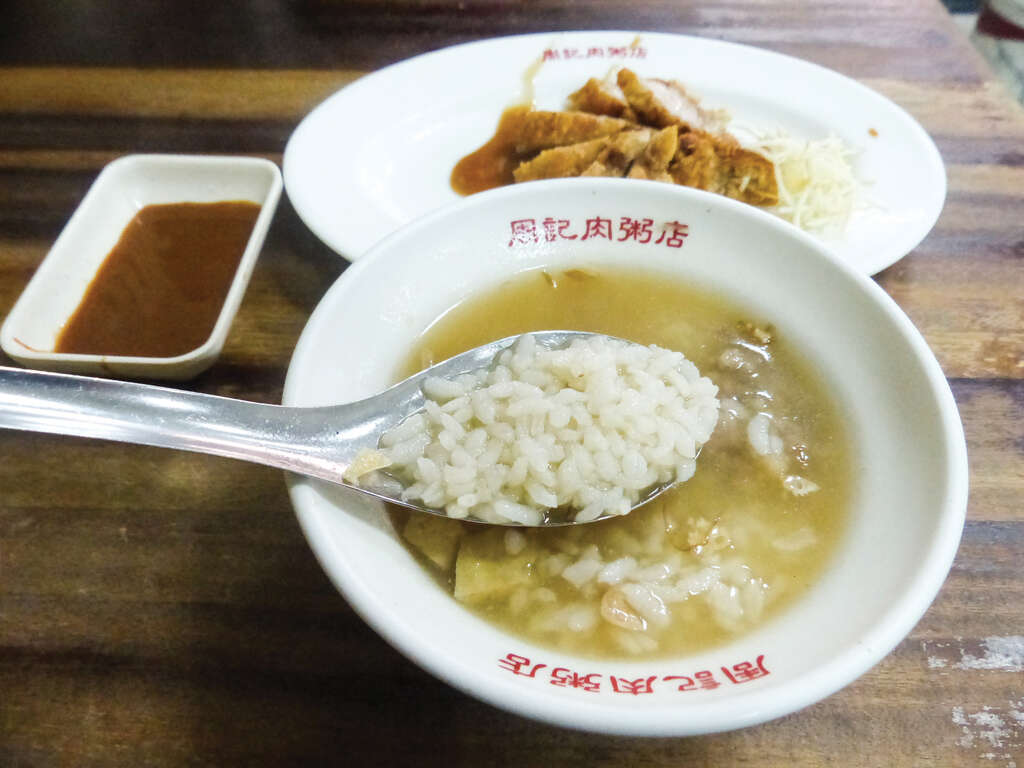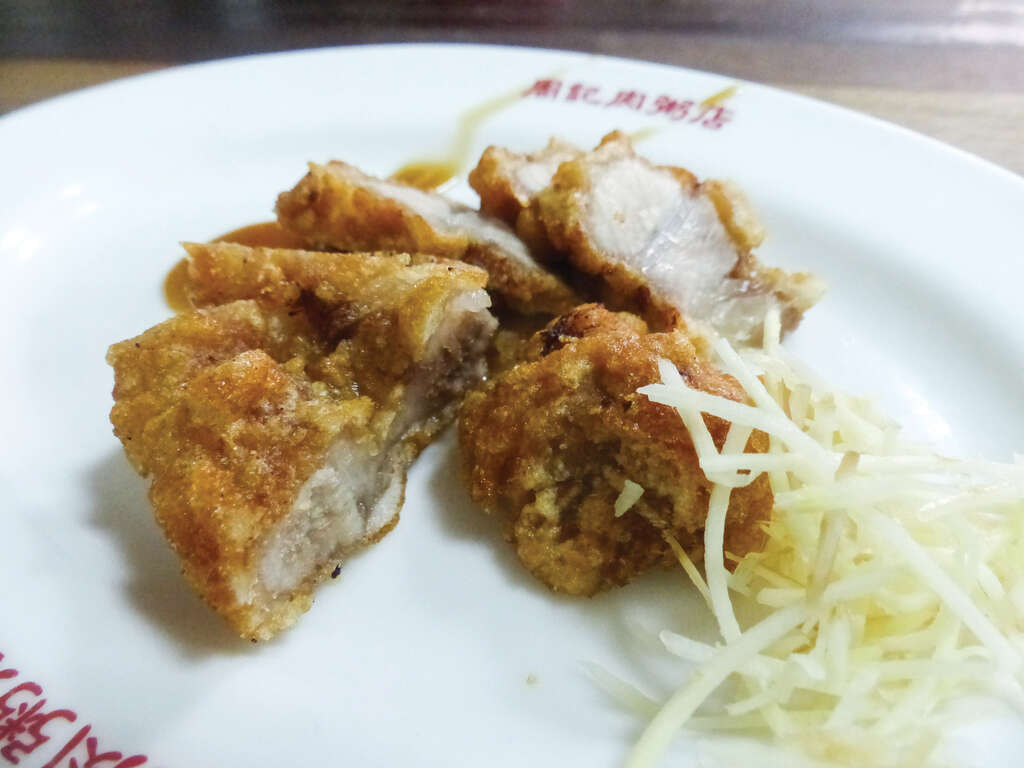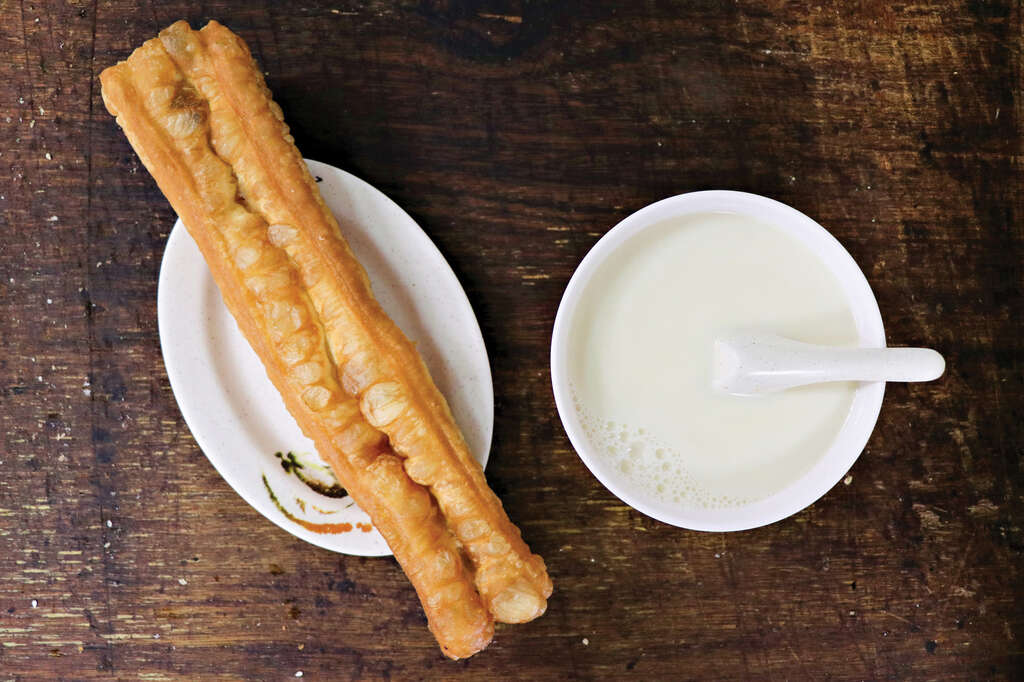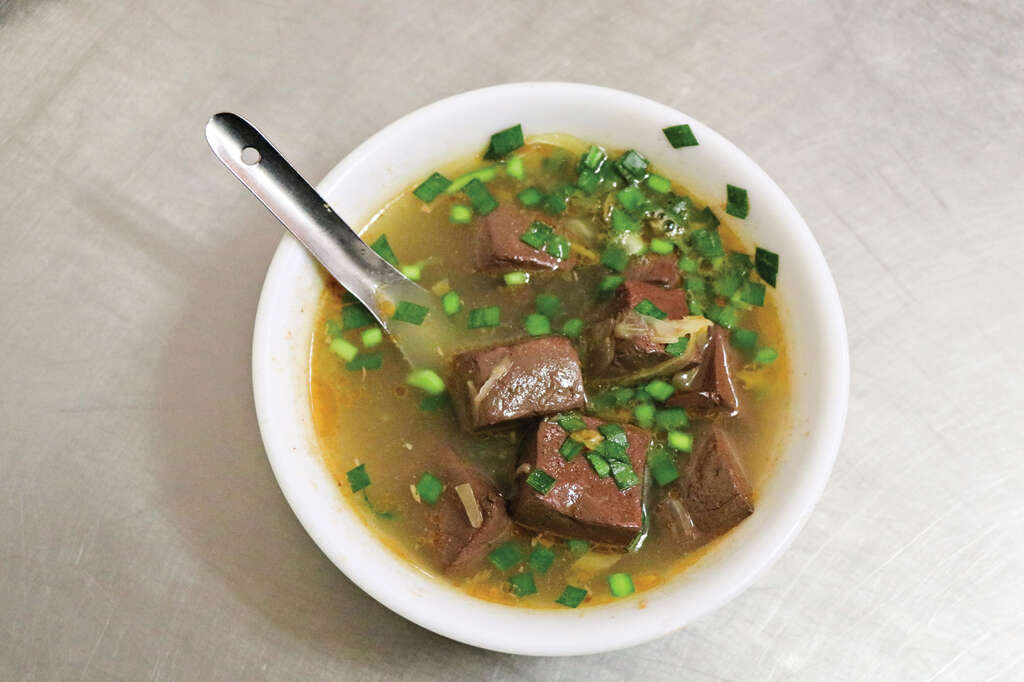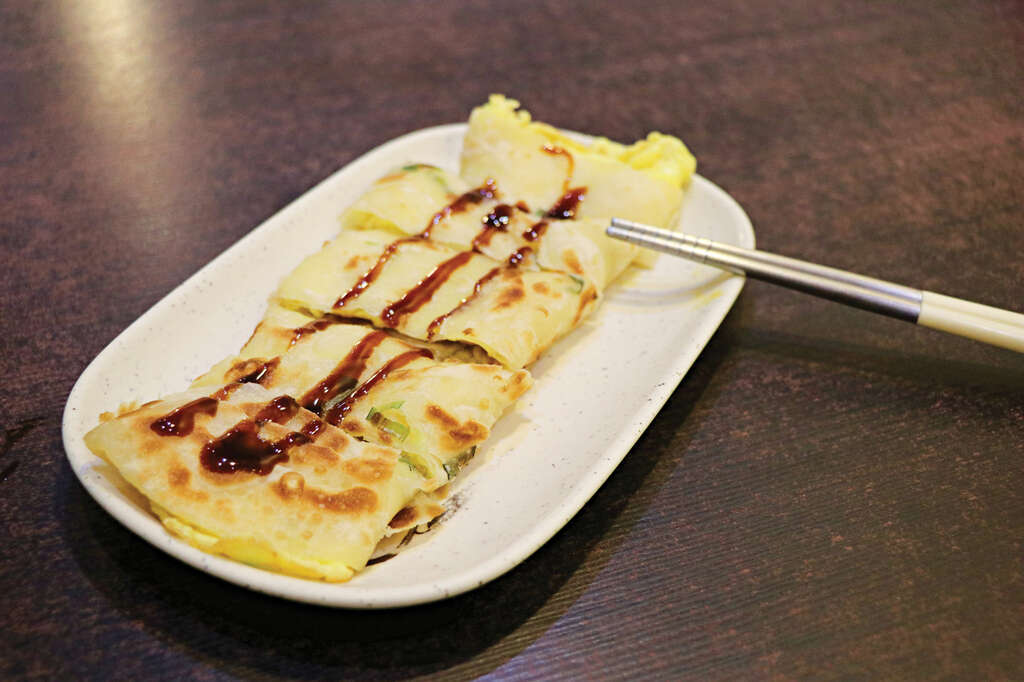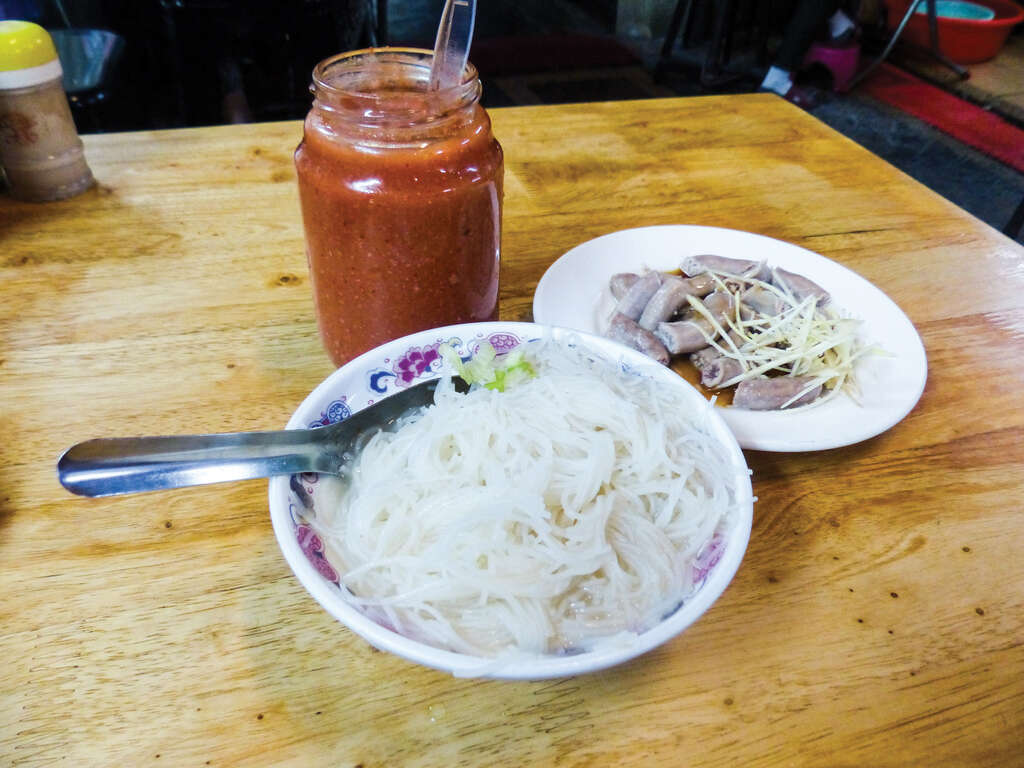Breakfast in Taiwan
Start Your Day Like a Local
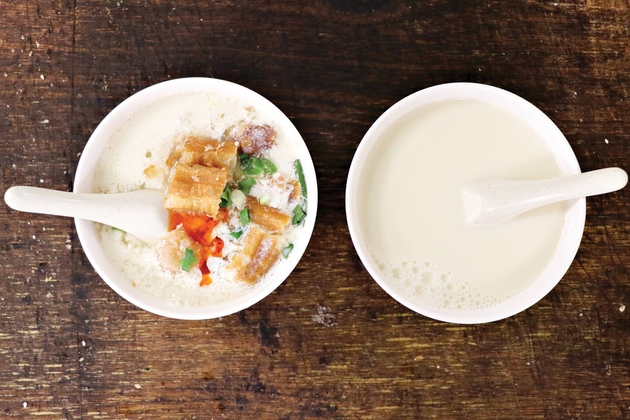
Source:Joshua Samuel Brown
Some traditional Taiwanese breakfast items have western counterparts, while others will be familiar to anyone who’s traveled in China, Japan or Korea. But a few items are definitely uniquely Taiwanese.
Views
Start Your Day Like a Local
By Joshua Samuel Brownweb only
The notion that breakfast is the most important meal of the day is shared by many cultures, but in Taiwan it takes on a special meaning in the springtime, for spring is traditionally viewed as the time to set precedents for the coming year. One Taiwanese saying goes:
“Make your annual plan in the spring, and start each morning right to ensure the day goes well.”
Of course, if you’re visiting Taipei, there’s no better (or culturally appropriate) way to start your day than with a traditional Taiwanese breakfast. First-time visitors to Taipei are often amazed at the breadth and depth of what’s available for breakfast on the streets of Taipei (not to mention how early breakfast joints start opening - the Taiwanese tend to rise early).
Some traditional Taiwanese breakfast items have western counterparts, while others will be familiar to anyone who’s traveled in China, Japan or Korea. But a few items are definitely uniquely Taiwanese. In this article, we’ll be looking at a few dishes that Taipei people eat in the mornings and suggesting a few spots for visitors to find them during their early-morning journeys around Taipei.
Congee Served with Side Dishes
Like many traditional dishes, this Taiwanese breakfast has humble beginnings. Back in the day, Taiwanese families tended to be poor, and breakfast was generally the leftovers from the previous day’s supper, which in most cases was rice and vegetables.
Water would have been added to the rice the night before to make it more like a porridge (easier to digest in the morning), with a few pickles, fermented vegetables and maybe some pork floss thrown in for extra calories and flavors. Unsurprisingly, as Taiwan grew richer, this breakfast staple came to be associated with the poverty of the past.
This association has lessened considerably in recent years as Taiwanese people, having become more health conscious, have realized that the breakfast staple of their grandparents is actually a pretty healthy way to start the day.
Congee is also a good hangover cure (or even a hangover prevention), which may account for the brisk business done after the bars close at the restaurants along Taipei’s Fuxing South Road serving different varieties of congee along with side dishes ranging from light vegetables, sweet potato chunks, stewed tofu and heavier items like sauteed pork and whole grilled fish.
As a staple breakfast item, you’ll find congee at the breakfast buffet table of everything from the humblest guesthouse to the fanciest hotel. There’ll always be a good variety of items to mix into your congee ranging from pickles and fermented vegetables to peanuts and pork floss. Be creative!
Shaobing - Youtiao - Soy Milk
Shaobing (燒餅), or baked cake, and youtiao (油 條), a crispy-fried cake not unlike the western cruller, are two local staples. Both are delicious and filling, though the baked shaobing is probably a bit healthier for those looking to save their cholesterol intake for later visits to the night market.
And while either item goes well with that most ubiquitous (but hardly traditional) breakfast beverage, coffee, for the full Taiwanese experience you’ll want to have yours with a bowl of warm, freshly made doujiang (豆漿, soy milk). Though sweet soy milk is available, it’s more traditionally served as a slightly savory, salty broth. And yes, it’s considered perfectly acceptable to dip either youtiao into your soy milk. In fact, many breakfast places will serve youtiao and doujiang together in a bowl.
Pig’s Blood Soup & Fried Noodle
File this one under “advanced” Taiwanese tastes, as it’s unlikely that you’d find this particular dish back home. This dish contains cakes of congealed pig’s blood in a savory soup. Its broth can be clear or thick, depending on the chef, and is often spiced with onion and garlic.
The dish is generally served alongside a plate of fried wheat noodles, making it a heavy breakfast suitable for anyone expecting to be burning calories between breakfast and lunch, which provides customers a simple and quick way to pack in enough protein before a busy day.
The texture is somewhere between foie gras and tofu, and the flavor, though unmistakable, isn’t as strong as liver, kidney or other organ meats considered by some to be sought-after delicacies. Like Taiwan’s infamous stinky tofu, eating pig’s blood soup is a good way for any foreign visitor to Taiwan to earn instant cool points with locals.
Have you read? More on Taiwanese small eats:
♦ Let’s Eat, the Taiwan ‘Way’
♦ Taiwan’s Top 10 Soup Dumplings
♦ The Curious Case of Q
Taiwanese Egg Crepe & Sticky-Rice Roll
File Taiwanese Danbing (蛋餅, egg crepe) under “Taiwanese breakfast items similar to western counterparts - with a local twist”. The concept is simple - a scrambled egg cooked with other items into a rolled-up thin flour crepe. Firstly, while some items inside the crepe are familiar to western palettes (cheese, ham or bacon), other items, like tuna or pork floss, are distinctly Taiwanese.
And secondly, after rolling, the Taiwanese egg crepe is cut up into bite-sized portions easily held with chopsticks and usually dipped in sauce.
Fantuan (飯糰, sticky-rice roll) may seem a bit stranger to western visitors, though Japanese visitors will find them a bit more familiar. These breakfast snacks are made by wrapping rice around youtiao, egg and pickled vegetables.
Fantuan are often made by street-side vendors, and some of them are quite creative with their fantuan recipes, switching out less-nutritious white sticky-rice for super-healthy Taiwanese- grown red and purple rice blends, which makes them not just a convenient breakfast option, but a downright nutritious ways to start your day.
Rice Noodle Soup
Rice Noodle Soup, or mifen tang (米粉湯), is a simple and traditional breakfast. Unlike most noodles eaten at other times of the day, rice noodle soup is made from rice rather than wheat. Rice noodles tend to be easier to preserve and dry, and come in various shapes, thicknesses and textures.
Though every restaurant puts its own personal spin on the dish, one thing that generally remains consistent is that the breakfast version of rice noodle soup should have a milder broth than that found in a more hearty noodle soup. The stock for this dish is generally made from chicken, pork or seafood, and its broth sometimes contains meat, seafood and vegetables as well as noodles.
Besides rice noodle soup, Taiwanese also generally like to order a few side dishes, small plates of varied vegetables, tofu, fish, or meat, to go along with it.
Edited by Tomas Lin
This article is reproduced under the permission of TAIPEI. Original content can be found at the website of Taipei Travel Net (www.travel.taipei/en).

